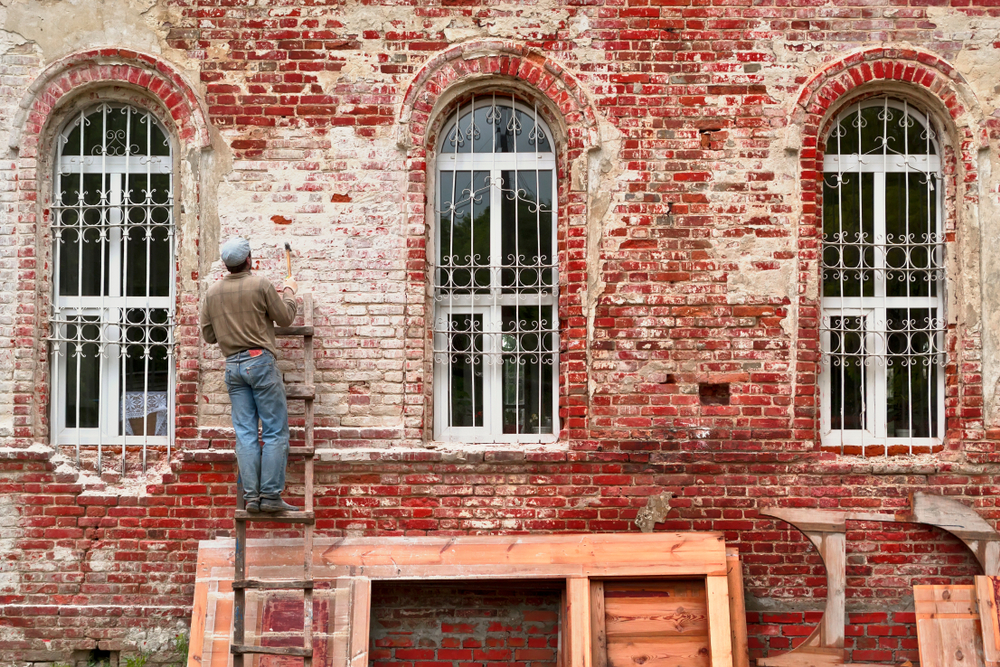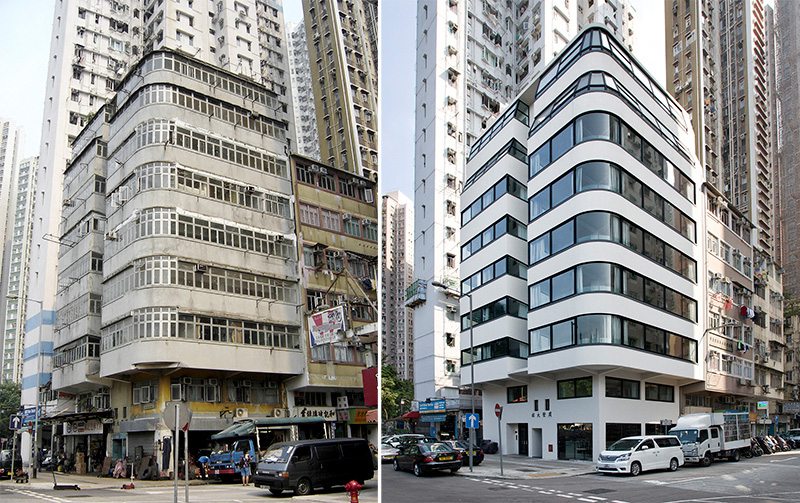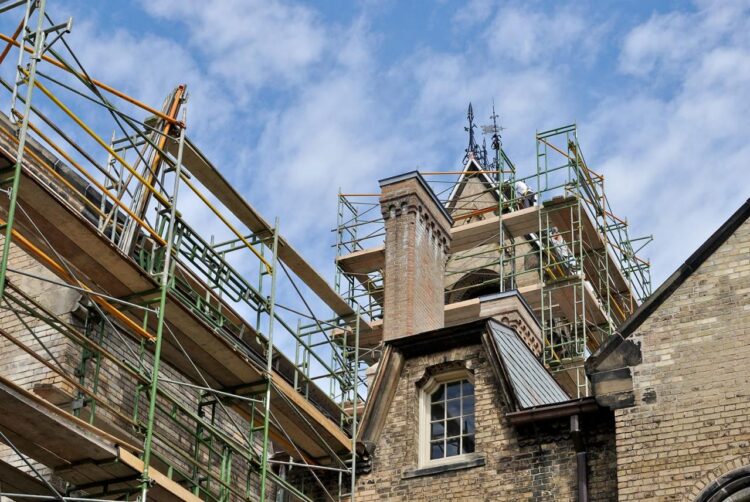Modernizing Historic Building Restoration
The preservation of historic buildings is a delicate balance between honoring the past and meeting the demands of the present. These structures, whether grand landmarks or humble residences, are tangible links to our history and cultural heritage. However, their age often comes with significant challenges: outdated systems, structural decay, and a failure to meet modern standards of energy efficiency, accessibility, and safety. The traditional approach to restoration, focused on pure replication of original methods and materials, is no longer sufficient. A new, more sophisticated philosophy is emerging, one that embraces cutting-edge technology and innovative design to breathe new life into old buildings. This article will explore how architects, engineers, and preservationists are modernizing historic building restoration, blending traditional craftsmanship with contemporary solutions to create sustainable, functional, and resilient structures that will endure for generations to come.
This revolutionary approach is driven by a deep understanding that a building’s survival depends on its relevance. A historic structure that is not a functional, comfortable, and efficient part of modern life is at risk of falling into disrepair or being demolished. The goal of modern restoration is not to create a museum piece, but to create a living building—one that is both a repository of history and a vibrant hub for the community. We’ll delve into the innovative techniques, smart technologies, and collaborative methodologies that are defining this new era of preservation, proving that the oldest buildings can also be the most forward-thinking.
I. The Foundational Principle: Data-Driven Preservation
The first step in any modern restoration project is a deep, data-driven analysis of the building’s current state. Gone are the days of relying solely on visual inspection and historical records. Today’s preservationists use a suite of advanced technologies to create a comprehensive digital blueprint of the structure.
A. 3D Laser Scanning and Photogrammetry: Before a single tool is lifted, architects and engineers use 3D laser scanning to capture a precise, millimeter-accurate digital model of the building. This process creates a “point cloud” of data that can be used to generate a highly detailed 3D model. Similarly, photogrammetry uses high-resolution photographs to create 3D models. These digital twins serve as the foundation for the entire project, allowing the team to analyze the building’s geometry, identify structural issues, and plan interventions with unparalleled precision. This technology is crucial for understanding complex and irregular historical forms that would be impossible to document accurately with traditional methods.
B. Building Information Modeling (BIM) for Historic Structures: The data from laser scans is then integrated into a Building Information Model (BIM). This is not just a 3D model; it’s an intelligent database that contains information about every component of the building, from the type of wood in a floor joist to the exact location of a pipe. This digital model becomes a collaborative tool, allowing architects, engineers, and contractors to work together in a single, shared environment. It also allows for sophisticated analysis, such as simulating the effects of adding new structural loads or testing different insulation strategies, all before any physical work begins.
C. Remote Sensing and Structural Health Monitoring: The analysis doesn’t stop after the initial scan. Modern restoration projects use sensors to monitor the building’s “health” in real-time. This can include sensors that detect moisture levels in walls, monitor the movement of a foundation, or measure strain on a structural beam. This continuous monitoring provides a proactive approach to preservation, allowing the team to address potential issues before they become critical. This data-driven approach moves preservation from a reactive to a preventive strategy.
 II. The Architectural and Engineering Innovations
II. The Architectural and Engineering Innovations
The core of modern restoration lies in the creative and strategic use of new technologies to address the old problems of energy efficiency, safety, and functionality.
A. Integrating Smart Systems: Historic buildings were not designed for modern energy consumption. Restorers are now seamlessly integrating smart building systems that control heating, cooling, and lighting. The key is to do this without compromising the building’s historical fabric. This can involve installing sensors and controls that are discreetly hidden or even using wireless technology to avoid running new wires. For example, a smart thermostat can learn a building’s thermal properties and adjust the temperature more efficiently, drastically reducing energy consumption without a visible change to the space.
B. Advanced Insulation and Thermal Performance: One of the biggest challenges in historic preservation is the lack of proper insulation, which leads to massive heat loss and high utility bills. Architects are using innovative solutions to address this, such as:
- Interior Insulation Systems: In cases where the exterior facade is historically significant, new insulation can be applied to the inside of the walls. New materials, such as thin aerogel blankets or spray foam, can be used to achieve high R-values without significantly reducing the interior space.
- High-Performance Windows: Original single-pane windows are a major source of heat loss. Preservationists now have options for historically accurate windows with modern, double- or triple-pane glass, or they can install a discreet, secondary glazing system on the inside to improve thermal performance.
- Geothermal and Passive Heating/Cooling: In some projects, geothermal heat pumps are being used for efficient heating and cooling, which can be done without visible outdoor units. Passive strategies like natural ventilation are also being re-engineered to work with the building’s original design, reducing reliance on mechanical systems.
C. Seismic Retrofitting and Structural Reinforcement: For historic buildings in earthquake-prone regions, modern restoration includes advanced seismic retrofitting. Engineers are using discreet, often concealed, methods to reinforce the structure without a visible impact. This can include techniques like adding steel bracing to the interior frame or using carbon fiber-reinforced polymer (CFRP) to strengthen walls and foundations. These modern materials provide an unprecedented level of safety and resilience, ensuring that the building can withstand future natural disasters.
 III. Material Science and The New Craftsmanship
III. Material Science and The New Craftsmanship
The art of restoration is not being lost; it’s being enhanced by a new generation of materials and techniques. Modern craftsmanship blends traditional skills with scientific precision.
A. Using Low-Carbon and Sustainable Materials: The choice of materials is not just about historical accuracy but also about environmental impact. Preservationists are seeking out sustainable alternatives, such as using reclaimed timber from other projects or specifying new materials with a low embodied carbon footprint. They are also using advanced repair materials, such as lime mortars that are more breathable and flexible than modern cement, allowing historic brickwork to function as it was originally intended.
B. 3D Printing for Replication and Repair: When a historic ornamental piece is missing or too damaged to repair, 3D printing is now a viable solution. Architects can scan a remaining piece of a cornice or a decorative molding, and a 3D printer can create a perfect, historically accurate replica. This technology allows for the precise recreation of intricate details that would be too costly or time-consuming to carve by hand.
C. The Role of Artisans and Training: While technology provides the tools, the human element remains vital. The new generation of preservationists is being trained not just in historical techniques but also in the use of modern technology. They are the bridge between the digital model and the physical world, ensuring that the work is not only accurate but also respectful of the original craftsmanship. This new role for the artisan ensures that these invaluable skills are passed down, creating a symbiotic relationship between man and machine.
Conclusion
The modernization of historic building restoration is a powerful testament to our ability to innovate while honoring our past. By embracing data-driven analysis, smart technology, and a new form of craftsmanship, architects and preservationists are proving that old buildings can be just as, if not more, efficient, functional, and resilient than new ones. These projects are more than just a matter of aesthetics; they are a critical part of a sustainable future, as the most environmentally friendly building is often the one that is already standing. By investing in the past with an eye toward the future, we are not only preserving our heritage but also creating a more beautiful, relevant, and sustainable world for generations to come.








